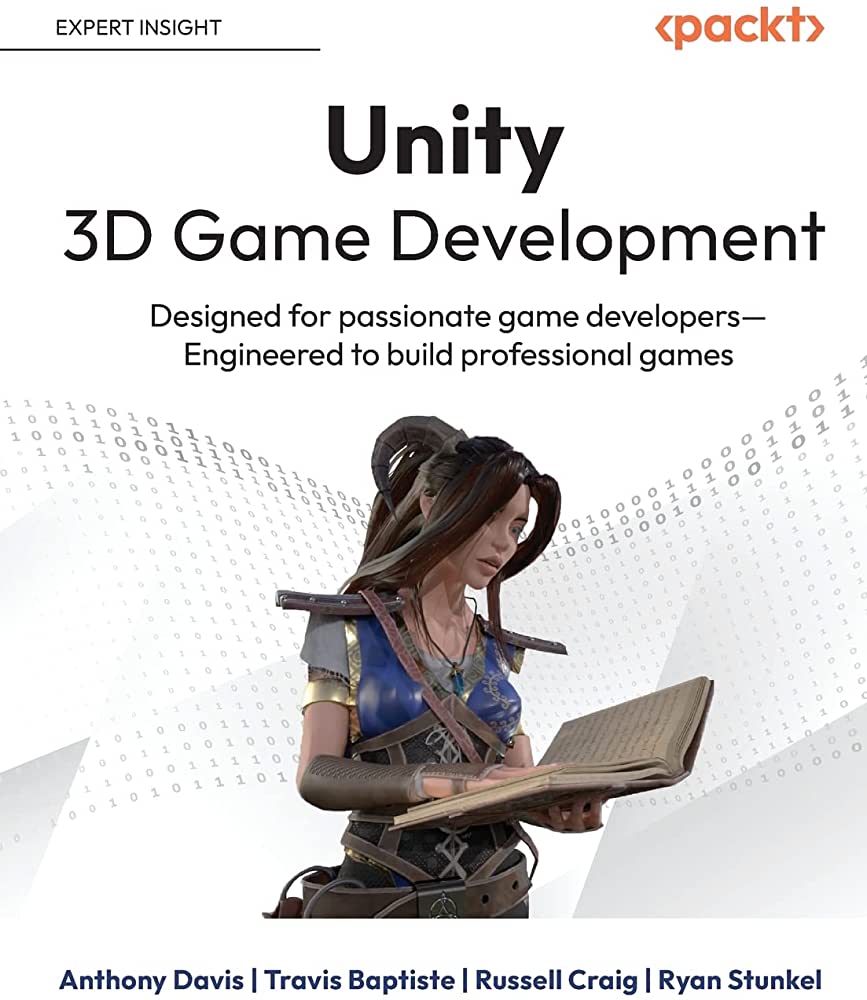Unity is a game engine used to build 2D and 3D games that is ideal for beginners and experienced developers alike, with a robust feature set–including graphics rendering, physics simulation, sound effects, programming language support–and a large development community. Some of the most popular games built using Unity include Pokémon Go, Cuphead, and Firewatch. Getting started creating games is straightforward with Unity; the engine’s intuitive interface and wide array of tutorials make coding and testing convenient. Once a game is built and tested, Unity can deploy it on multiple platforms, including Windows, macOS, iOS, and Android.
Unity: The Game Engine for Beginners and Veterans Alike
Unity is a widely-used game engine that has revolutionized the gaming industry with its ease of use and versatility. Designed for beginners and veterans alike, Unity offers an intuitive interface that allows users of all skill levels to create stunning games.
What is Unity?
Unity is a cross-platform game engine designed for creating 2D and 3D games. The engine was designed with both beginners and professionals in mind, allowing users of all skill levels to create incredible games with ease.
The engine offers a wide range of features, including graphics rendering, physics simulation, sound effects, programming language support, and more. Unity has been used to create popular games like Pokemon Go, Cuphead, and Firewatch.
Why Use Unity?
Unity has several advantages that make it the go-to game engine for many developers. Here are just a few reasons why Unity is the best choice:
- It’s cross-platform: Unity is available on a wide range of platforms, including Windows, macOS, iOS, Android, and more.
- It’s easy to use: Unity’s intuitive interface makes it easy for beginners to get started, while its powerful features make it a favorite among veterans.
- It’s versatile: Unity can be used to create all kinds of games, from 2D platformers to complex 3D simulations.
- It’s well-supported: Unity has a large community of developers who are always willing to help, and the engine itself is regularly updated with new features and bug fixes.
Getting Started with Unity
Getting started with Unity is easy, thanks to the engine’s intuitive interface and wide range of tutorials and documentation.
If you’re new to Unity, you may want to start with some of the beginner tutorials offered on the Unity website. These tutorials will walk you through the process of creating a simple game, teaching you the basics of Unity’s interface and features along the way.
Creating Your First Game
Once you’ve gotten the hang of Unity’s interface, it’s time to start creating your own game. Here are the basic steps involved:
- Design Your Game: Before you start coding, you need to have a clear idea of what kind of game you want to create. This includes deciding on the game mechanics, story, characters, and visual style.
- Create Your Game Objects: In Unity, all game objects are represented by GameObjects. To create a GameObject, simply click on the GameObject menu and select “Create Empty”.
- Add Components: Once you’ve created your GameObjects, you can begin to add components. Components are scripts that define the behavior of your objects. For example, you could add a Rigidbody component to create realistic physics simulations, or an AudioSource component to add sound effects.
- Write Your Code: Once you have your game objects and components in place, it’s time to start coding. Unity uses C# as its scripting language, so you’ll need to be familiar with the basics of C# to get started.
- Test Your Game: Once you’ve written your code, it’s time to test your game. Unity has a built-in testing suite that allows you to simulate gameplay and identify any bugs in your code.
- Deploy Your Game: Finally, once you’ve ironed out all the bugs and tested your game thoroughly, you can deploy your game to your desired platform. Unity offers a wide range of deployment options, including Windows, macOS, iOS, Android, and more.
Conclusion
Unity is a powerful game engine that offers incredible versatility and ease of use. Whether you’re a beginner or a veteran game developer, Unity’s intuitive interface and powerful features make it the best choice for creating stunning games.
